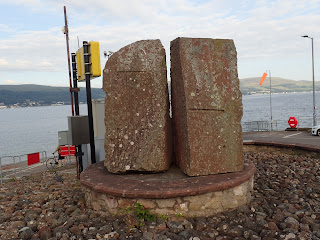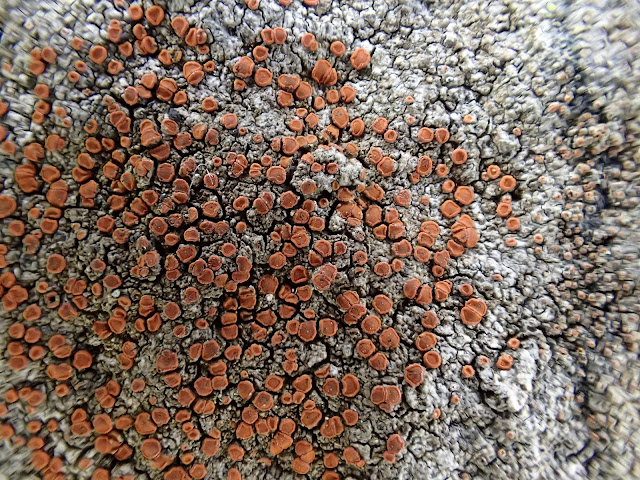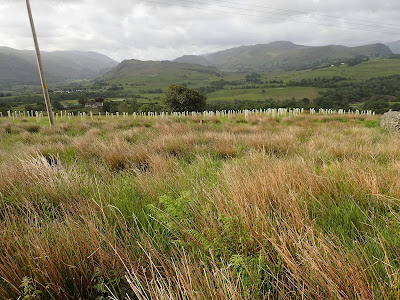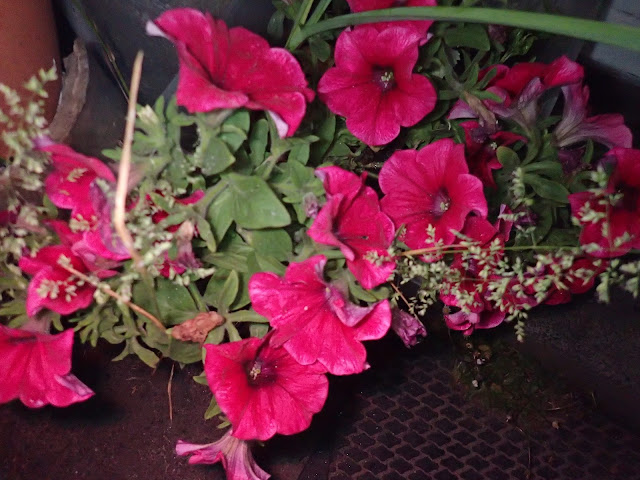In the afternoon of the Sedges Day at Blencathra Field Centre (the second day of the course) we went to the south end of Derwentwater.
There were lots of good grasses and some sedges as we walked from the carpark in the wood. But we were aiming for the flat area where the river flows into the lake.
We found the Bladder Sedge (Carex vesicaria) that I had hoped to find. It has spikey fruit, wide yellowish green leaves and some shoots are reddish at the base.
Below is a picture of Bladder Sedge that I actually took nearly 20 years ago at Semerwater.
 |
Bladder Sedge (picture taken nearly 20 years ago at Semerwater).
|
Then we went over the bridge.
Time was running out. There was a very big sedge growing in two or three tussocks near the board walk. "What is that?" the students asked. But there was not time to key it out then.
"It looks a bit like C acuta," I thought. "but it can't be that because C acuta grow in beds, it does not make tussocks. Could it be C elata - or is that sedge bigger? It's a bit like nigra because the female spikes look blackish, but it is much bigger than nigra." One of the students suggested riparia.
Next day at home I put my hastily taken, not very clear, photo into "Plantnet"
and was amazed to see
1st choice C elata
2n choice C acuta
3rd (much lower score) choice C nigra
4th even lower: C riparia.
Yes it is C elata - "The Tufted Sedge" -
Only C elata has fibrillae on the old sheaths,
the old sheaths are dark brown,
 |
| Closer view of the fibrillae |
 |
| Carex elata flowers and fruit, sheath and roots. |
 |
| Carex elata - close up of flowers |
and it was definitely tufted.
Three years ago the results of Plantnet were not that good, and required a lot of botanical expertise to prioritise results. It seems they have now got much better!























































